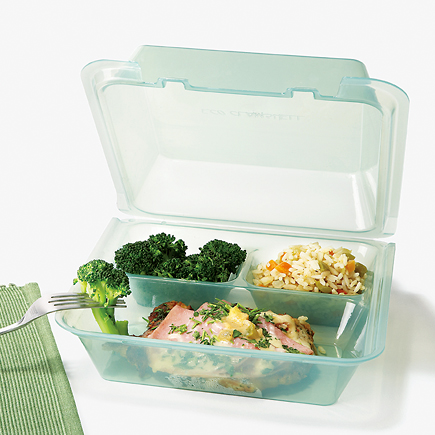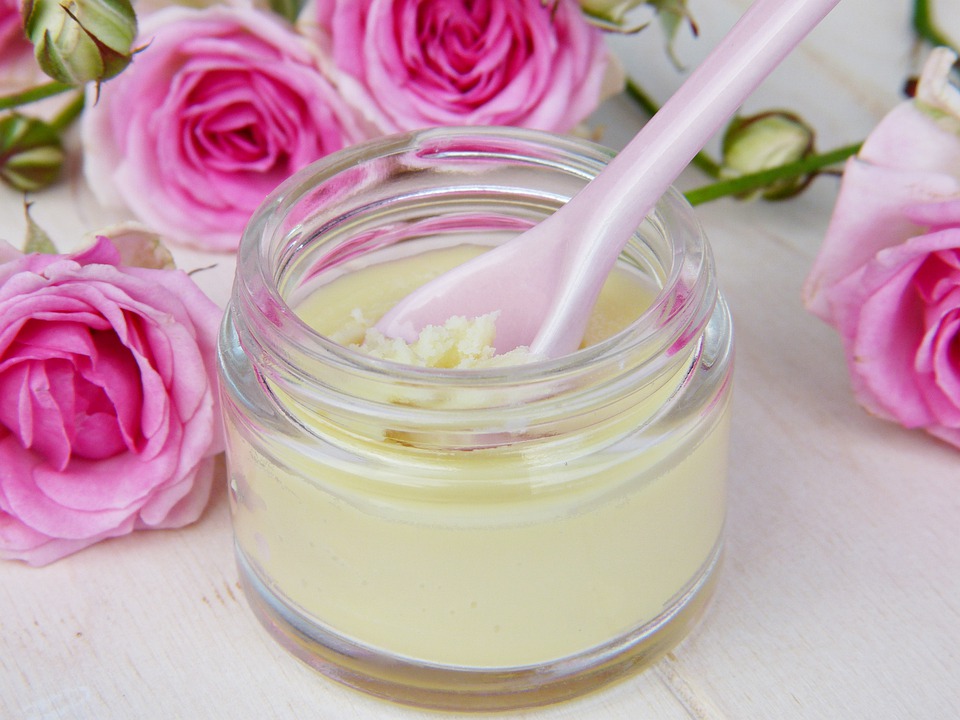Looking for a new project to do or
just simply want to make your own eco-friendly lip balm? Homemade lip
balm is a lot easier than one may think. To make these lip balms
(thanks to lemelange.com) recipes truly eco-friendly simply replace
the oils, such as almond oil with organic almond oil. Have fun
everyone!
Recipes For Making Lip Balm:
40% of your recipe should be any
cosmetic grade oil that is liquid at room temperature (sweet almond,
apricot kernel, avocado, grapeseed, hemp seed, macadamia, olive,
sunflower, etc.)
25% of your recipe should be any
cosmetic grade oil that is solid at room temperature (coconut,
lanolin, palm, mango butter, shea butter, etc.)
20% of your recipe should be cosmetic
grade Beeswax (white or yellow, pellets or solid blocks)
15% of your recipe should be any
cosmetic grade oil that is brittle at room temperature (cocoa butter,
palm kernel, etc.)
The above measurements are “weights”,
so you can calculate your own recipe in ounces, grams, or pounds.
Directions:
melt all carrier oils, honey, beeswax
and butters over low heat. Allow the mixture to cool slightly, then
add the flavored oils, essential oils, vitamin E, etc. Stir until all
ingredients are blended well and pour into containers. The easiest
way to do this, is to purchase those inexpensive “pointy”
paper drink cups (like the kind on the side of a water cooler). Cut
off the point and use it as a funnel. Then you can just toss them out
when you’re finished!
You may have to “play around”
with these recipes by adding a tiny bit more or less of the beeswax
pellets. As with any of these recipes, if it comes out too soft, add
a few more beeswax pellets; if it’s too hard, add a little more
almond oil (or other oil). They’re really hard to mess up, so enjoy
yourself and have fun.
LIP BALM RECIPE #1:
2 Teaspoons Olive Oil
1/2 Teaspoon Grated Beeswax or Beeswax
Pellets
1/2 Teaspoon Shea Butter or Cocoa
Butter
Sweeten to taste, if necessary
Any Flavored Oil To Taste
1 Vitamin E Capsule (as a preservative)
(optional)
LIP BALM RECIPE #2:
3 oz. Almond Oil
Sweeten to taste, if necessary
1/2 oz. Beeswax or Beeswax Pellets
1 Vitamin E Capsule (as a preservative)
1-4 Drops Essential Oil (peppermint or
tea tree or sweet orange, etc.)
LIP BALM RECIPE #3:
2 Teaspoons Grated Beeswax or Beeswax
Pellets
3 – 6 Drops Flavored Oil
1 Teaspoon Sweet Almond Oil or Jojoba
Oil or mix 1/2 and 1/2
1 1/2 Teaspoon Cocoa Butter
1 Vitamin E Capsule (as a preservative)
LIP BALM RECIPE #4:
This one is positively excellent for
dry, cracked lips – even helps heal cold sores (it’s the emu oil….)
1 oz. Emu Oil
1 oz. Almond Oil
1 oz. Avocado Oil
1/2 oz. Shaved Beeswax or Beeswax
Pellets
6 Drops Lavender Essential Oil
2 Drops Tea Tree Essential Oil
3 Drops Lime Essential Oil




